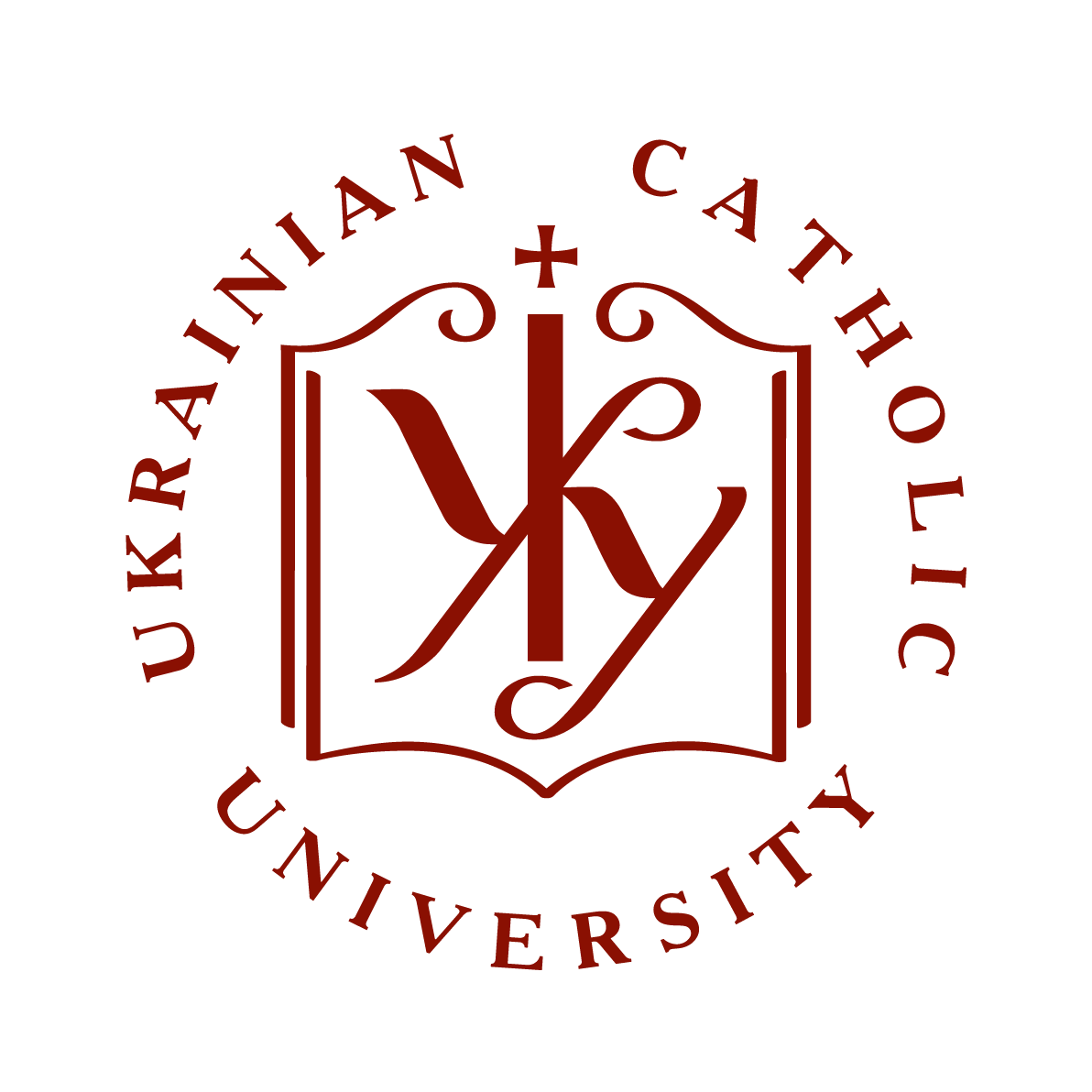- Home
- →
- Institutes | Інститути
- →
- Інститут церковної музики
- →
- Дисертації та автореферати
- →
- View Item
Сценарії JavaScript вимкнено для Вашого браузера. Деякі функції цього сайту не будуть працювати без них.
| dc.contributor.author | Юсипів, Наталія
|
|
| dc.date.accessioned | 2020-04-14T16:41:24Z | |
| dc.date.available | 2020-04-14T16:41:24Z | |
| dc.date.issued | 2017 | |
| dc.identifier.citation | Юсипів, Наталія Яківна. Літургічний контекст піснеспівів Воскресної Утрені (на матеріалі українських ірмологіонів XVII-XVIII ст.) [Текст] : автореф. дис. ... канд. мистецтвознавства : 17.00.03 / Юсипів Наталія Яківна ; Львів. нац. муз. акад. ім. М. В. Лисенка. - Львів, 2017. - 20 с. | uk |
| dc.identifier.uri | http://er.ucu.edu.ua/handle/1/2170 | |
| dc.description.abstract | У дисертації здійснено історичний огляд основних етапів розвитку ранішнього богослужіння у візантійській традиції на прикладi утрені, основою якої є прослава таїнства Воскресіння Христового. Вивляємо чисельний репертуар утрені у пам’ятках Києворуської і ранньомодерної доби: у богослужбових книгах, нотованих збірниках. До цього списку також залучено огляд уставів аж до утвердження послідувань утрені у типіконі о. І. Дольницького (ХІХ ст.). Завдяки впровадженню в Україні наприкінці XVI ст. лінійного нотопису виникли новаторські літургійні збірники – нотолінійні ірмологіони, в яких зафіксовано найуживаніший півчий репертуар у точному прочитанні. Для детального аналізу відібрано зразки змінних і незмінних піснеспівів, які найчастіше фіксуються в ірмологіонах і представляють різні типи мелосу. В процесі дослідження відзначено літургічний контекст піснеспівів утрені, який підкреслюється музичними засобами: гнучкістю мелізматичного викладу, метроритмічними та ладово-інтонаційними засобами, комбінаторикою поспівкового матеріалу. Музичний аналіз вибраних жанрів утрені виявляє також зв’язок із мелосом візантійських церковних піснеспівів. Порівнюючи вибрані ірмолойні піснеспіви утрені із зразками пізнішої доби, виявляємо їх подібність, але, водночас, і спрощення мелодики. Водночас відзначаємо тісний зв’язок форми і мистецького наповнення піснеспівів із богословським змістом. Сукупність дії цих чинників надає напівам утрені гармонійності та естетичної досконалості. | uk |
| dc.language.iso | uk | uk |
| dc.publisher | ФОП Тетюк Т. В. | uk |
| dc.subject | Research Subject Categories::INTERDISCIPLINARY RESEARCH AREAS::Cultural heritage and cultural production | uk |
| dc.subject | Українська церковна музика | uk |
| dc.subject | Сакральна монодія, ірмологіон, типікон, утреня, піснеспів, літургійний спів, осмогласся, антифон. | uk |
| dc.title | Літургічний контекст піснеспівів Воскресної Утрені (на матеріалі українських ірмологіонів XVII–XVIII ст.). | uk |
| dc.type | Thesis | uk |
| dc.status | Опублікований і розповсюджений раніше | uk |
| dc.subject.udc | 783.2:[27-528.8-534.5«344.3»]:091(477)"16/17"(043.3) | |
| dc.description.abstracten | The thesis presents a historical overview of the main stages of morning prayers and the formation of a liturgical cycle of an epoch period in the Byzantine tradition. Matins, the basis of which is to glorify the Resurrection mystery, had a difficult way of formation, relying on the experience of preChristian practices synagogue ceremony, the Syrian experience and religious practices of antiquity. That is convinced by the symbolism and structure of the morning service, its deep meaning and perfection. After adopting Christianity, Kievan Rus’ borrowed a set of worships from Byzantium, among which matins had a prominent place. Accordingly, the numerical repertoire of matins in the monuments of Kievan Rus’ and early modern epoch is found out: in the liturgical books and musical collections. The list also contains the review of the ordinances up to the establishment of matins movements in typicon by I. Dolnytsky (XIX c.). Due to the implementation of linear musical notation in Ukraine at the end of the XVI century, the innovative liturgical collections – music linear irmologions appeared where the most common chorister repertoire in accurate reading was recorded. On this basis, the chants that had an important place in the Ukrainian liturgical practice of the early modern epoch, as well their hierarchies were found. For a detailed analysis the samples of variable and constant chants were selected, which are often recorded in irmologions and represent the various types of melodies, from small forms "Lord God" to the vast serioso antiphons, such as "Angelic Cathedral", polyeleis, the Great Doxology. At the musical analysis octoechos cycle "God is Lord" of the Kyiv, Volyn, and Bulgarian chants their connection with the melos of the Byzantine church chants. | uk |
Files in this item
This item appears in the following Collection(s)
-
Дисертації та автореферати [8]
Dissertations and Theses


